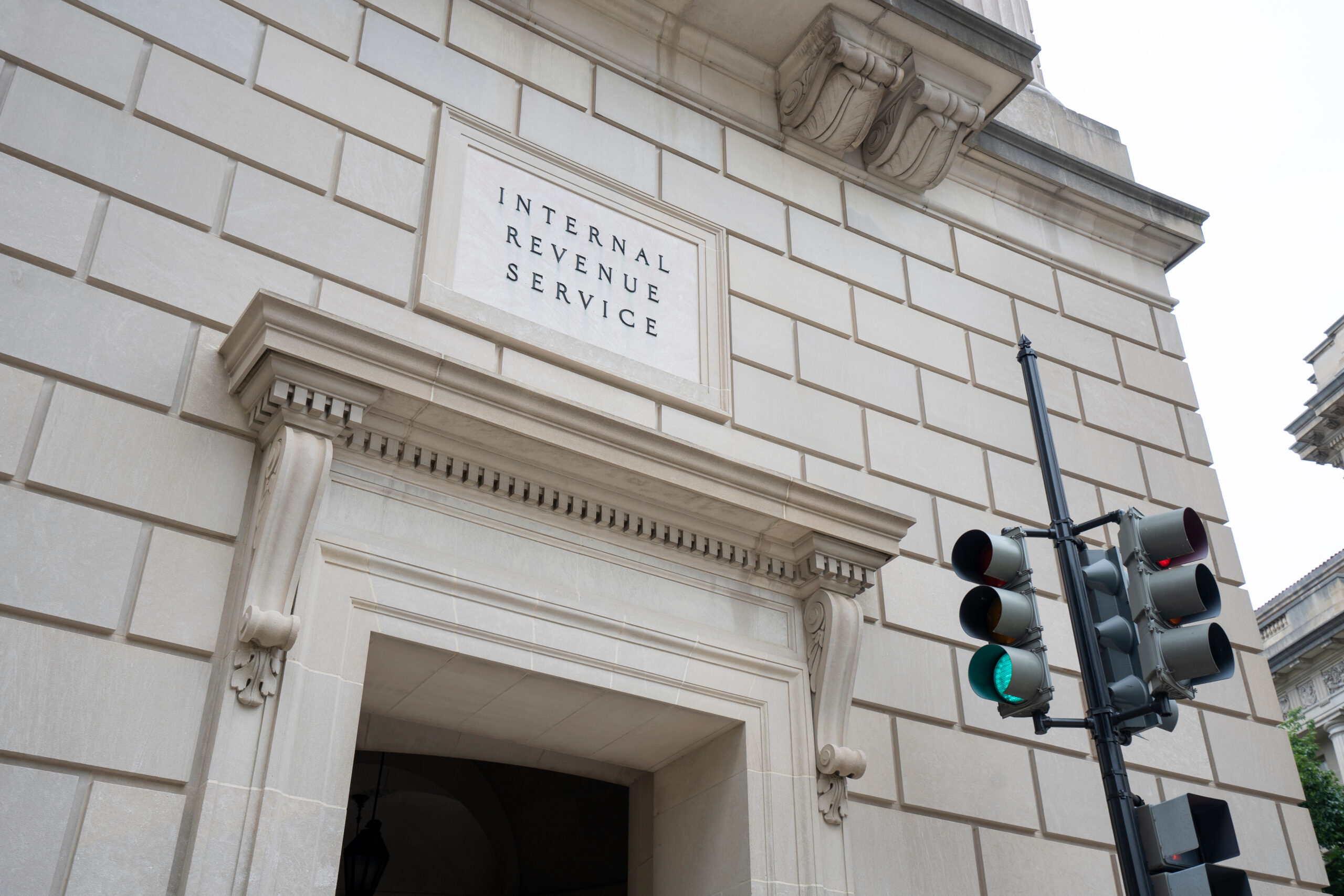478
Here’s What to Look Out for and How to Avoid a Penalty from the IRS
April 15th has become synonymous with Tax Day. Nearly every American taxpayer is aware that this date is the deadline to file your taxes. However, many Americans are blissfully unaware of the looming deadline for a different type of tax payment.
In your race to file your yearly taxes, you may be in danger of incurring a penalty on your tax debt for your first-quarter estimated tax payments.
In The Shift Toward a “Gig Economy,” How Are Your Taxes Affected?
In recent years, folks have become more reliant on additional income earned via the “gig economy.” Particularly during the pandemic, when many Americans were laid off or presented with reduced pay and hours at work, the labor market shifted in a way that leaned more heavily on temporary and part-time freelance “gig work.”
When people take on this kind of work, they are typically hired as independent contractors or freelance workers rather than full-time permanent employees of that company. When small businesses and independent contractors earn money this way, they are obligated to keep track of their tax rates as self-employed individuals.
Whether you work as an independent contractor writing freelance for a magazine or sell your hand-crafted resin floral paperweights on Etsy, you will still have to pay taxes. The amount you owe is entirely dependent on your income, though it may be tricky to estimate what you owe if you don’t have the proper guidelines.
What Are Estimated Tax Payments, and Who Has to Pay Them to the IRS?
Small business owners, gig economy hustlers, freelance workers, and independent contractors are fully responsible for paying their taxes on a quarterly basis. This also applies to retirement and investment earnings, which may not have had tax withheld. Additionally, if there are employees who didn’t have enough taxes withheld and owed taxes to the IRS by the end of the previous year, they are also required to make estimated payments to reduce their tax debt.
However, without an employer keeping track of the tax rates for you, it can be challenging to determine precisely how much is owed. The IRS doesn’t send out a tax bill with the exact amount you owe.
Instead, at the end of each quarter, you must pay the amount you estimate you owe in federal, state, and self-employment taxes for that time period. If you estimate that you will owe at least $1,000 in federal taxes, you are required to make your first quarterly estimated tax payment by the April 15th deadline.

Guidelines to Take the Guesswork Out of Estimated Tax Payments
It is so easy to get confused when it comes to calculating quarterly estimated payments, especially if you owe federal taxes on April 15th as well. However, it is crucial to make these estimated tax payments in order to avoid steep penalties. For reference, keep these dates in mind for your 2024 quarterly payment deadlines: April 15th, June 17th, September 16th, and January 15th.
If you skip any of these payment deadlines accidentally or intentionally, you could begin to accrue an interest-based penalty. This fee will be calculated with the current interest rate and balance due in mind, along with the penalty compounding daily. You will undoubtedly want to avoid that at all costs.
It’s understandable to feel quite confused when it comes to calculating these estimated payment amounts. However, there are a few fundamental guidelines to make it easier to figure out:
So long as your payments meet the IRS agency’s “safe harbor” rules, you will not face any penalties.
Pay at LEAST 90% of the current year’s tax liability or 100% of what you owed for last year’s taxes – whichever is the smaller amount.
For example, if you owed $24,000 in taxes for 2023, you can estimate what you will owe each quarter for 2024 by dividing the sum by four – meaning you will owe an estimated $6,000 per quarter in 2024.
Keep in mind, the “safe harbor” rule jumps to 110% if your adjusted gross income for the prior year was $150,000 or more. Tip: You can find your adjusted gross income on your 2023 tax return’s Form 1040 on line 11.

